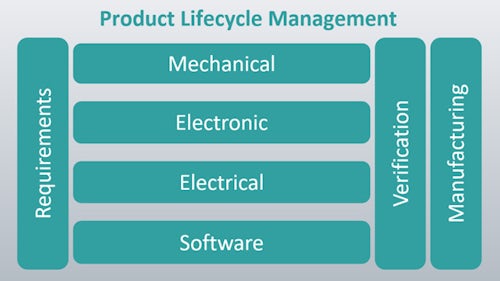Calibre Multi-Patterning Overview
Calibre Multi-Patterning is rapidly becoming a critical solution in semiconductor design and manufacturing, enabling the verification and optimization of complex designs at advanced process nodes. While multi-patterning initially emerged as a response to the lack of EUV tool readiness, it remains essential even with the adoption of EUV. Many layers in modern semiconductor fabrication still require multi-patterning techniques, making Calibre Multi-Patterning a vital tool in both the design verification and manufacturing stages.
Calibre Multi-Patterning encompasses a family of techniques that utilize multiple lithography exposures and other manufacturing processes to create wafer patterns that cannot be achieved with a single exposure. These techniques include lithographic edge variations like double, triple, and quad patterning, as well as self-aligned methods such as SADP and SAQP.
Integrated within the broader Calibre physical verification portfolio, multi-patterning technology plays a dual role—helping fabless designers verify their layouts and assisting foundries in mask creation for manufacturing. This ensures alignment between design intent and manufacturability, reducing errors and increasing efficiency in advanced semiconductor production.
Despite the wider adoption of EUV, multi-patterning remains indispensable. Many process layers, even in EUV-enabled nodes, continue to rely on multi-patterning to achieve the required feature resolution. As semiconductor design complexity grows, Calibre Multi-Patterning is continuously enhanced to handle increasing data volumes, providing the scalability needed for cutting-edge designs.
The focus on performance, accuracy, and efficiency by the Calibre Multi-Patterning team, alongside other Calibre signoff tools, empowers semiconductor companies to confidently tape out their most advanced designs.
For more insights, explore the technical resources, white papers, and videos available on this site to understand how Calibre Multi-Patterning supports the evolving needs of semiconductor design and manufacturing.


